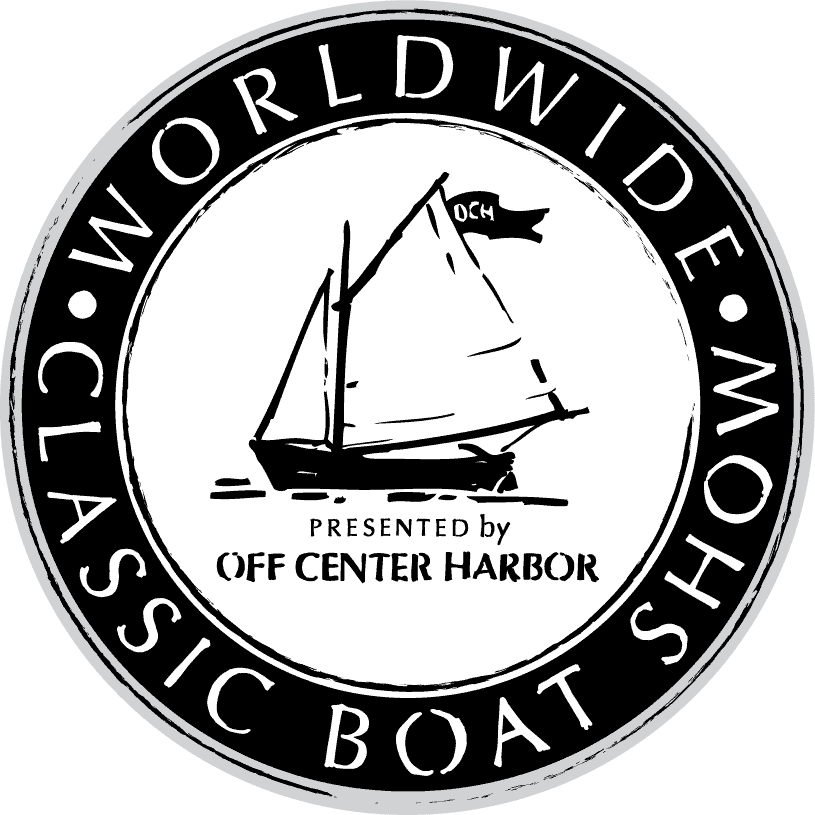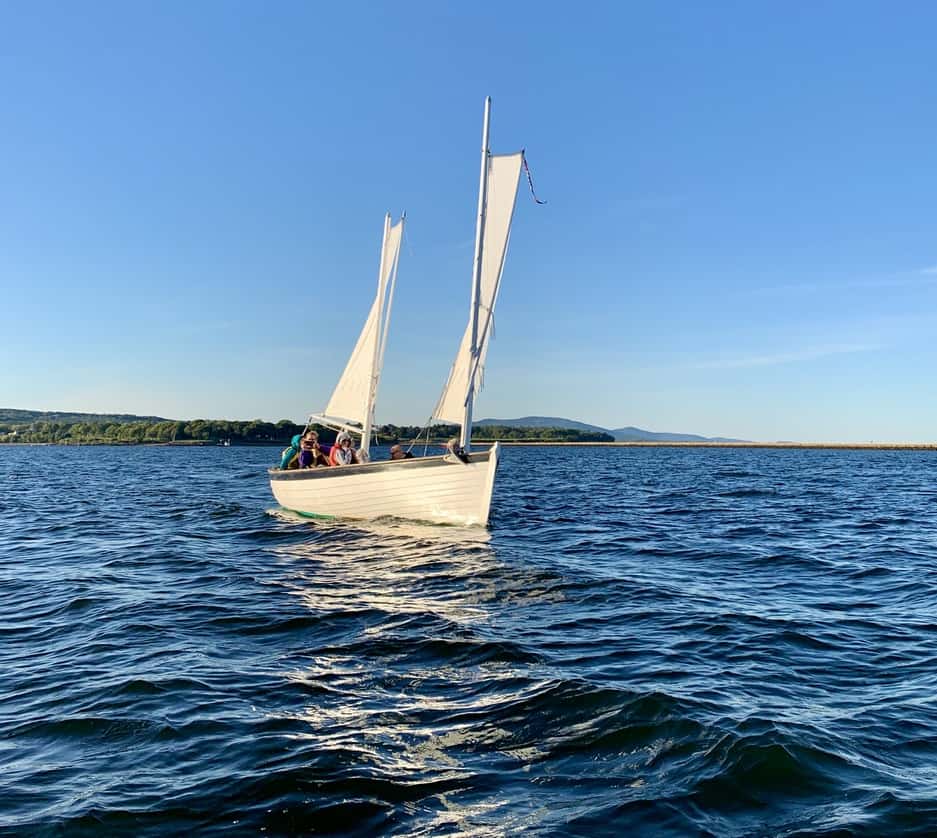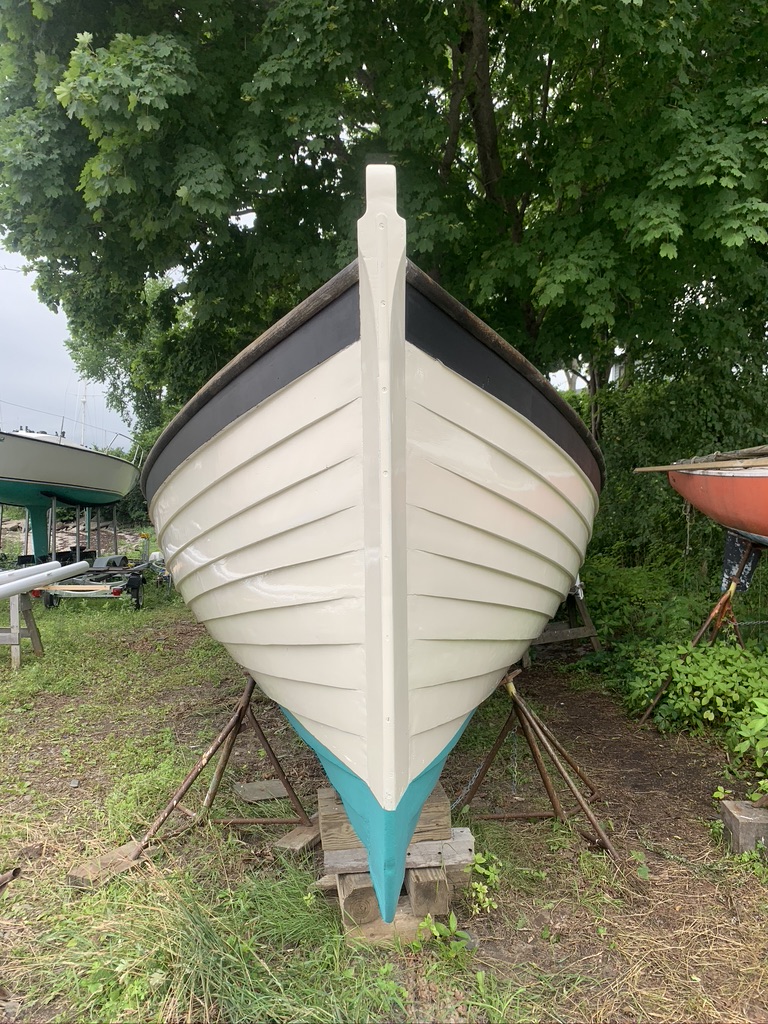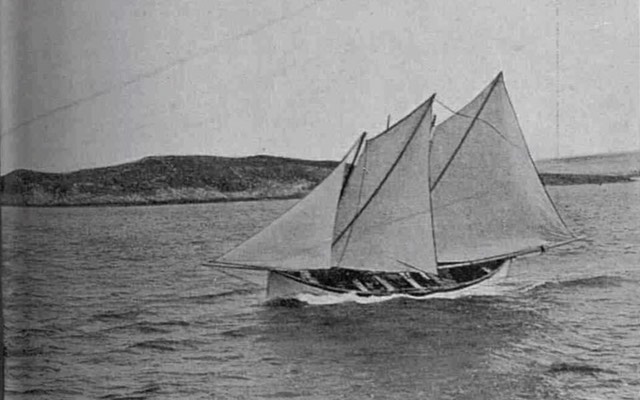Owner’s Description
The Apprenticeshop operates the double-ended ‘Twins’ Castor and Pollux as part of their seamanship curriculum for apprentice boatbuilders as well as free community sails and shorter sailing courses open to the public. Typically they bookend the Maine sailing season with weeklong inter-island voyages around Penobscot Bay.
Named for the twin stars of Gemini – Castor and Pollux are reminiscent of the vessels ubiquitous in coastal trade amongst the United Kingdom countries and their outlying islands, especially in Northern Ireland and Scotland. They are referred to as Drontheim boats – perhaps an etymological connection to Trondheim (say them out loud) in Norway; an area which drontheims are known to have been imported from in the 18th century, often on larger vessels bringing timber.
The Drontheim (also known as a ‘Greencastle Yawl’, ‘Norway Yawl’ or ‘North Coast Yawl’) is an open boat, generally between 22ft and 28 ft overall length and ranging from 5 feet 10 inches to 7 feet 7 inches beam. The Drontheim was the traditional fishing craft of the north and north-east coasts. The fine lines made it suitable for rowing and it could be sailed using a spritsail or lug rig. Drontheims could have either one or two masts, and several images show the boats with bowsprits rigged. Attempts were made at times to extend the length of the craft but the additional weight made them more difficult to launch from beaches and coves, one of the practical constraints of the time and the area.
Up until the 1960s, the Drontheim was the main fishing craft of the north and west coastal areas of Ireland and Scotland. However, with the increased use of engines, the need to have a boat that would sail well or could be rowed, was less important.
Castor and Pollux were commissioned in 2008 and launched in 2009. They measure 28′ LOA, 7’6″ Beam and the loaded draft is about 14″ (board up) and about 3′ (board down) with foil shaped daggerboards and interchangeable carbon fiber spars that can be arranged to sail as sprit sail schooner or a ketch with relative ease. Woods include white oak and locust backbones, white cedar planking, white oak frames and inwales, and fir stringers. Without their rigging, ballast, or flotation, the boats currently weigh in at 1,200 pounds. Thwarts accommodate 4 sweeps to row when the breeze is down.
Further modifications include a sloop rig, and some Apprenticeshop alumni fondly remember the days of ‘spar wars’, creating a variety of different rigging options including lug sails, gaffs and squares and testing them head to head in the Rockland Harbor. There are 3 mast steps and 3 daggerboard slots in the hull and Apprenticeshop patron Frank Blair wanted the apprentices to have the ability to try sailing different rigs with one modular platform. Today they are most often sailed as sprit rigged schooners, with the foresail being loose footed and the main being rigged with a boom.
Photos
Video
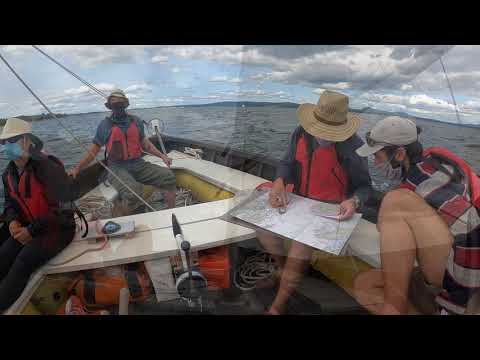
Map
No Records Found
Sorry, no records were found. Please adjust your search criteria and try again.
Google Map Not Loaded
Sorry, unable to load Google Maps API.
Comments
Owner’s Description
Photos
Video
Map
Comments
